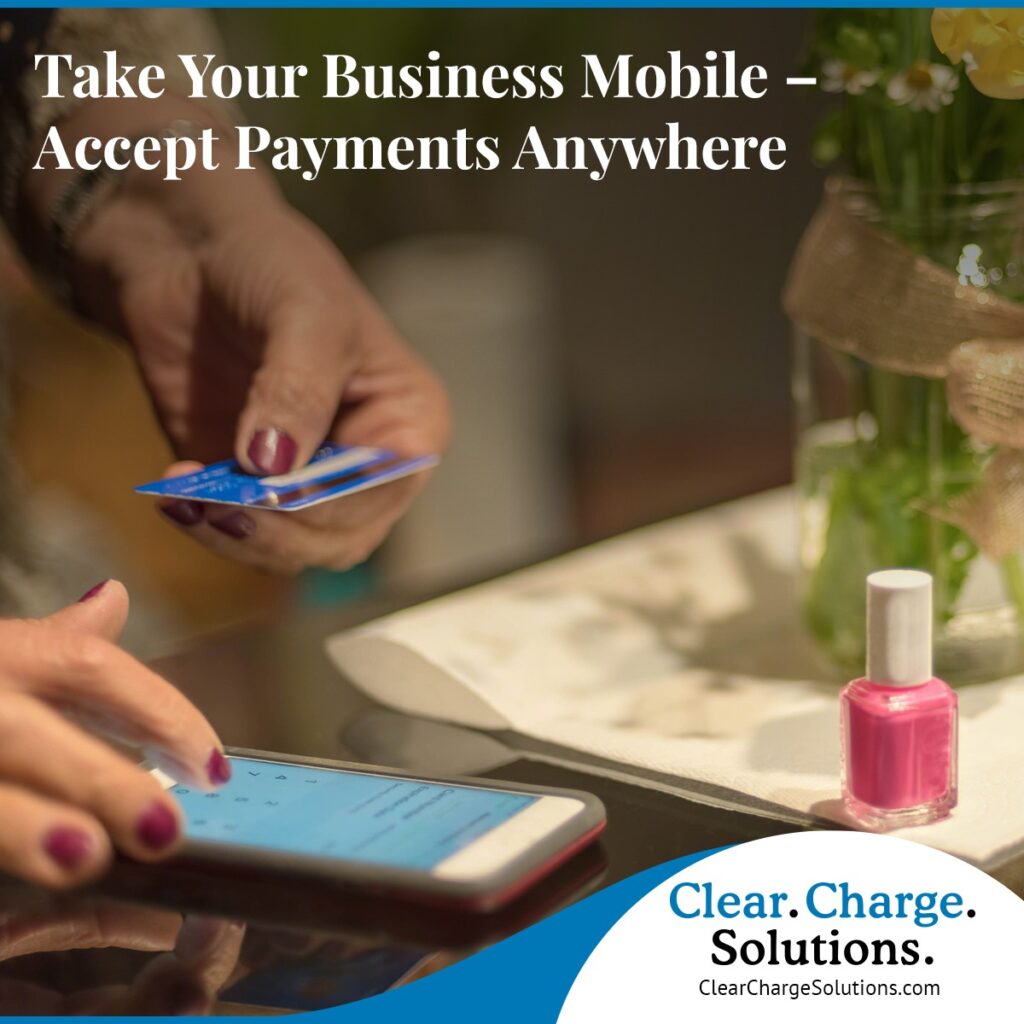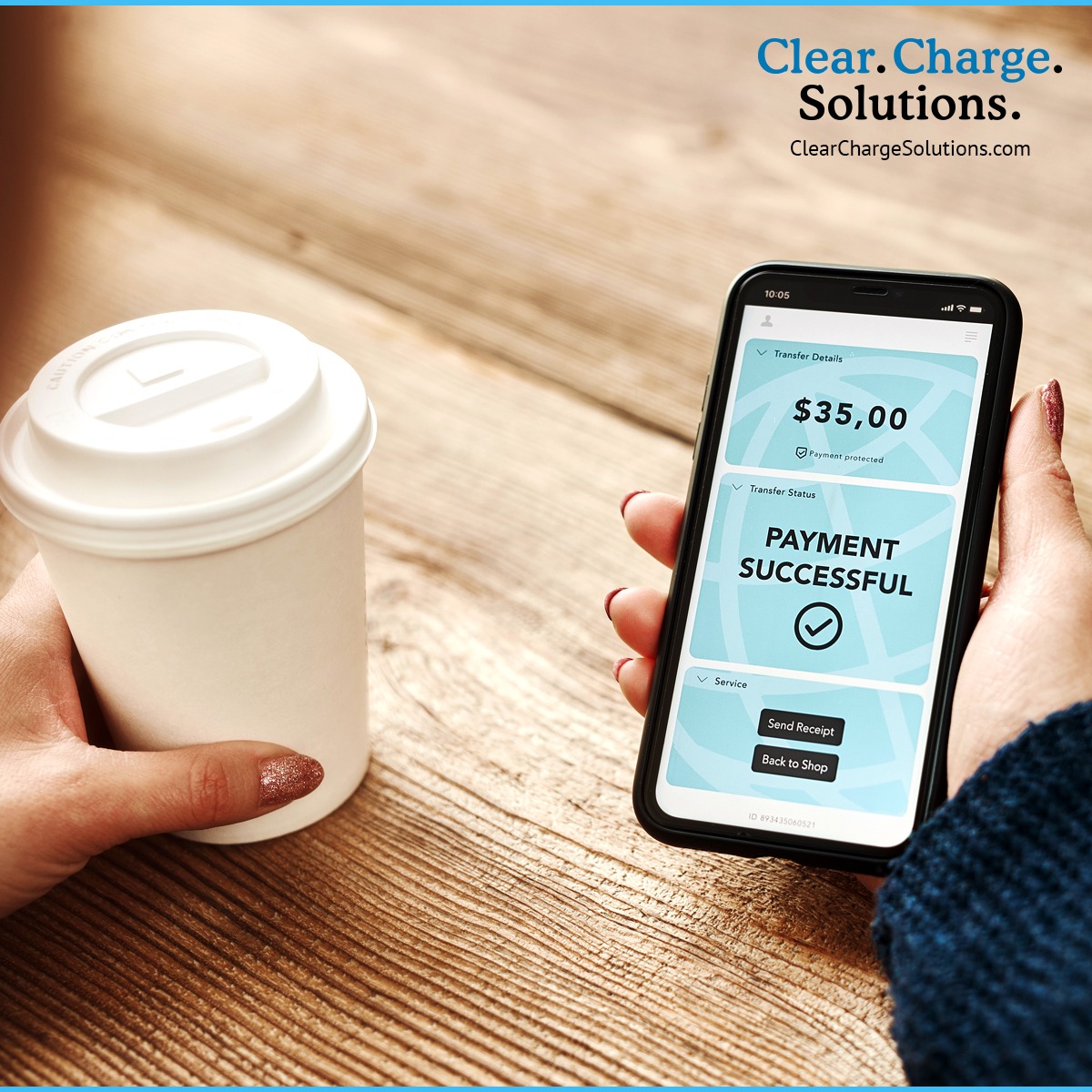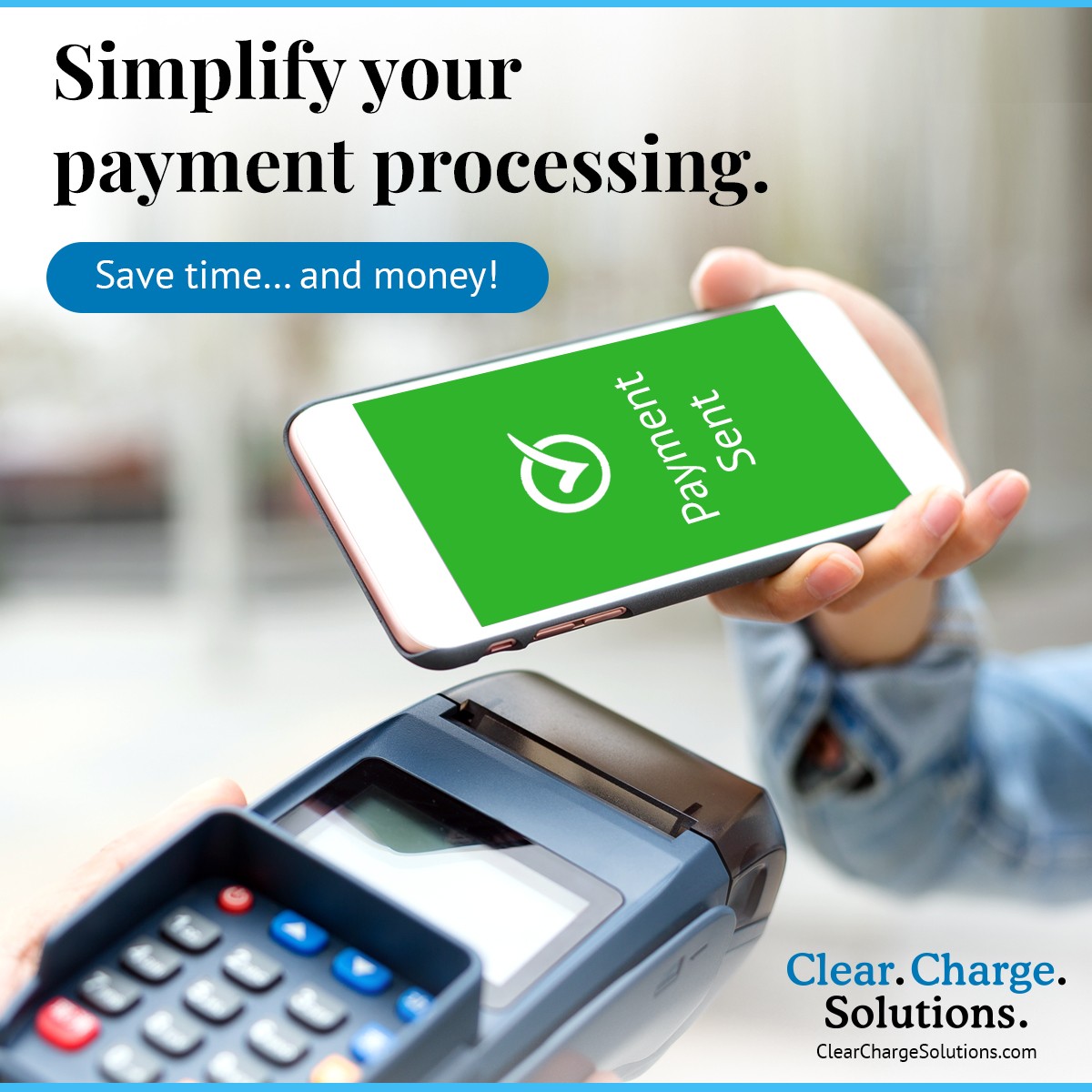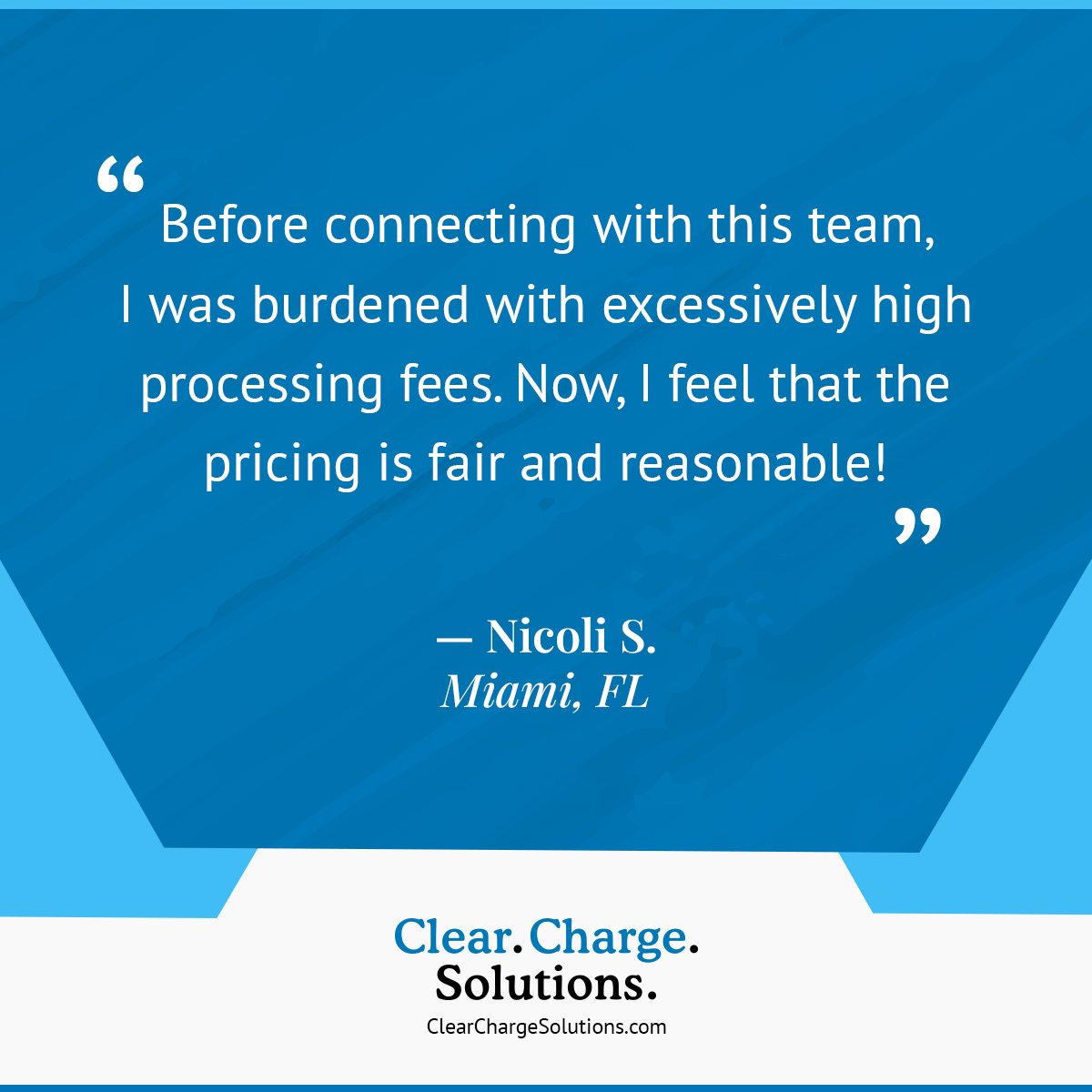The holiday shopping season can be hectic for businesses of all sizes. With increased competition and heightened consumer expectations, preparing your business for the holiday rush is essential. By implementing a well-thought-out strategy, you can maximize sales, enhance customer satisfaction, and position your business for long-term success. Here are four key strategies to help you prepare for the holiday shopping season and drive sales.
Early preparation for the holiday shopping season helps small businesses boost sales, overcome challenges, and stay competitive during the most critical sales period of the year.
The final months of the calendar year are an opportunity for small businesses to maximize their sales and profits by targeting holiday shoppers. Getting a head start on your holiday sale plans several months in advance can ensure you’re prepared to make the most of the upcoming shopping season.
Here’s why it’s so important for retailers to start holiday season preparations early and some strategies you can use to set yourself up for success.
Why start holiday season prep early?
According to an American Express Survey, over 65% of small businesses report that holiday shopping directly impacts their overall financial health.
Kat Connor, co-founder of XO Marshmallow, said product-based businesses see the last quarter of the year as a time when revenue potential is the highest.
“During this time, everyone is struggling to finish out the end of year strong, and you often run into shortages, price hikes, or other seasonal surprises. As a business owner, you don’t want to be surprised — surprises tend to cost money,” said Connor.
Similarly, Nicole Pomije, founder and CEO of The Cookie Cups, noted that early for the holiday shopping season allows you time to adapt to any unexpected challenges and get ahead of your competition.
“The earlier you begin, the more time you have to fine-tune your inventory, marketing strategies, and customer service processes. It also gives you the flexibility to adapt if unexpected challenges arise, such as supply chain delays or changes in consumer behavior,” Pomije explained.
Tips for planning ahead for the holiday season
Here are four things you can do several months ahead of the holiday season to prepare for the uptick in year-end sales.
Hire seasonal workers early
The best thing your small business can do to get ready for a busy holiday season is to hire your holiday team as soon as possible.
“Start hiring in late summer or early fall so your employees are fully trained and ready to hit the ground running,” Connor said.

Get ahead on holiday social media campaigns
The late summer and early fall season is a great time to solidify your year-end marketing campaigns and iron out the details for any holiday promotions you want to offer.
Connor recommended working on your holiday social media strategy now and planning out as many posts, collaborations, and content on your social platforms ahead of time as possible. Otherwise, your social media presence may suffer if you don’t have the time to dedicate to it during the holiday rush.
“If you are already planning out October [through] December, go ahead and plan out your January and February,” Connor said. “This will set you up to have a moment of rest between the holiday and new year and stay in that upswing operationally.”
Audit your inventory and digital presence
For retail businesses, Pomije suggested conducting a thorough inventory audit before the holiday rush.
“This helps identify bestsellers and underperformers so you can stock up on the right products,” Pomije said.
Pomije also recommended using this period to refresh your website and any e-commerce channels you use to ensure they’re ready for increased traffic and are optimized for mobile shoppers.
Try something new
The holiday season is a great time to try new sales strategies and expand your offerings to capture more attention from shoppers.
For example, Pomije said her company is offering new themed Winter Wonderland Cookie Baking Kits for Kids this holiday season. The kits will be on shelves in hundreds of Kohl’s stores nationwide.
For XO Marshmallow, the year has been filled with experimental, limited products and experiences, and the plan is to continue that through the holiday season.
“This year, we are working on hosting a lot of events and having a few fun exclusives at our cafe space in Lincoln Park (Chicago). Our strategy always involves giving the customers what they love and throwing in a few sweet surprises,” said Connor.

Make the most of the holiday shopping season. Our secure and reliable advanced credit card payment processing can help you capture more sales and grow your business. Call today at (877) 847-4478. Check our IG for more information.
Reference: [https://www.uschamber.com/co/grow/marketing/holiday-season-planning]







